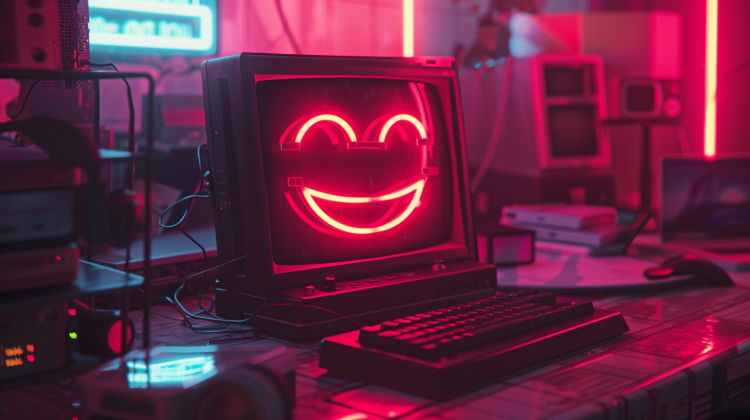
Michael Nuñezv June 21, 2024 2:18 PM
In the fast-paced world of artificial intelligence, it’s easy to get lost in the dizzying parade of model capabilities and benchmark scores. But while tech giants like OpenAI and Google duke it out over processing power and token limits, Anthropic has quietly unveiled a feature that could redefine how we interact with AI entirely: Artifacts.
At first glance, Artifacts might seem like a modest update. It’s a dedicated workspace that sits alongside Claude’s chat interface, allowing users to manipulate and refine AI-generated content in real-time. But make no mistake — this seemingly simple addition represents the opening salvo in what may become the most crucial AI battleground of the coming years: the interface war.
The collaborative canvas: Reimagining AI’s role in the workplace
To understand why Artifacts matters, we need to look beyond the raw capabilities of large language models and consider the broader picture of AI integration in the workplace. The true challenge isn’t just creating smarter AI; it’s making that intelligence accessible, intuitive, and seamlessly woven into existing workflows.
This is where Anthropic’s strategy diverges sharply from its biggest competitors. While OpenAI wows us with ChatGPT’s newfound voice capabilities and Google touts the expanded knowledge of its Gemini models, Anthropic is taking aim at a far more fundamental question: How do we turn AI from a fancy chatbot into a true collaborative partner?
Artifacts represents a bold attempt to answer that question. By creating a space where AI-generated content can be easily edited, refined, and incorporated into ongoing projects, Anthropic is bridging the gap between AI as a tool and AI as a teammate. This shift has the potential to revolutionize knowledge work across industries.
From code to content: The far-reaching implications of Artifacts
Consider the implications for fields like software development, where AI is already making inroads. With Artifacts, we’re moving beyond simple code generation. Imagine a workspace where AI doesn’t just spit out snippets, but actively participates in the development process – suggesting optimizations, flagging potential issues, and even helping to refactor entire codebases in real-time.
Or take content creation. Artifacts could transform AI from a mere writing assistant into a full-fledged collaborator, capable of generating drafts, offering revisions, and even managing version control – all within a unified interface that feels natural to human creators.
The ramifications for the enterprise software market are profound. Established players in project management, collaborative design, and productivity tools may soon find themselves facing an existential threat. If Anthropic can successfully expand the Artifacts concept, we could be looking at a future where AI-centric collaboration platforms become the new norm, rendering traditional tools obsolete.
The interface wars: A new battleground in AI development
This development also underscores a growing philosophical divide in AI development. OpenAI and Google seem locked in an arms race of model capabilities, each striving to create the biggest, smartest AI on the block. Anthropic, in contrast, appears to be playing a longer game — one focused on practical application and user experience.
It’s a strategy that could pay off handsomely. As businesses grapple with AI integration, solutions that offer not just raw intelligence but also intuitive interfaces and seamless workflow integration will have a decisive edge. Anthropic’s focus on the user experience may prove to be a masterstroke in an industry often blinded by the allure of pure processing power.
Of course, Artifacts is still in its infancy. Its full potential remains to be seen, and competitors won’t stand idly by. We can expect a flood of innovation in this space as other AI companies wake up to the importance of reimagining the user interface.
For business leaders and IT decision-makers, the message is clear: look beyond the hype of model capabilities. As AI technology matures, the ability to seamlessly integrate AI-generated content into existing workflows will become just as crucial as the underlying model’s intelligence.
As we move deeper into 2024, all eyes should be on how Anthropic develops and expands the Artifacts concept. If successful, it could mark the beginning of a new era in AI development – one where the interface becomes the key battleground in the quest for AI supremacy.
In an industry often accused of chasing benchmarks at the expense of real-world utility, Anthropic’s laser focus on user experience may prove to be the most disruptive move of all. As the dust settles on this year’s AI advancements, Artifacts could very well emerge as the feature that redefined the future of enterprise AI – not with a bang, but with an elegantly designed workspace.

Leave a Reply